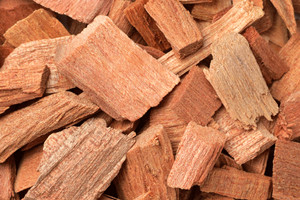Can Technology Make a Real Difference in the Food Waste Crisis?
Can digital technology and smart science help solve the world’s food-waste crisis?
The United Nations has estimated that a third of all food produced is wasted or lost. But some entrepreneurs and scientists think emerging technology could help stop the rot. US food waste start-ups raised $4.8bn in 2021, 30 per cent more than they raised in 2020.
Some of the innovations are designed to help farmers. Apps like Plantix can identify pests or disease early. Image recognition technology is used to diagnose any problems in the field. The app then links growers to plant experts so that crops can be saved before they’re ruined.
Globally, around 20 per cent of food is wasted at the farm, but businesses like San Francisco-based Full Harvest aim to find new buyers for reject and surplus produce. Its verification process analyses crop varieties, plus market and harvest conditions, to certify produce as “rescued”. This produce is cheaper for consumers, and the process also connects growers to food and beverage businesses like juice manufacturers that can then showcase their green credentials.
Further along the supply chain, Tata Consultancy Services has created so-called digital twins, or virtual copies of different fruit and vegetables to predict how long real shipments of fresh food will last, depending on changing conditions in storage and transit.
And in stores, the Flashfood app provides users with a “live” list of discounted goods nearing their expiry dates. The app reported 2.5 million downloads in the US in 2022.
Meanwhile, users of the Too Good To Go app can order a bag of food unsold by closing time from restaurants, bakeries and other outlets. The company claims to have 75 million registered users, and in March this year, reported it had reached the milestone of saving 200 million meals from going to waste.
But innovation alone is no magical solution. Cost can be a barrier to implementation. For example, Kroger, the largest supermarket chain in the US, said shoppers were not willing to pay more for fruit with an edible, plant-based coating designed to keep it fresh, and ended its deal with Apeel Sciences, the product’s maker, last year. Another limitation is that close to 30 per cent of food waste occurs in the home.
But perhaps the greatest challenge facing innovators is that in many societies we have normalized throwing away food we don’t want to eat, and until that changes, the impact technology can have will always be limited.














